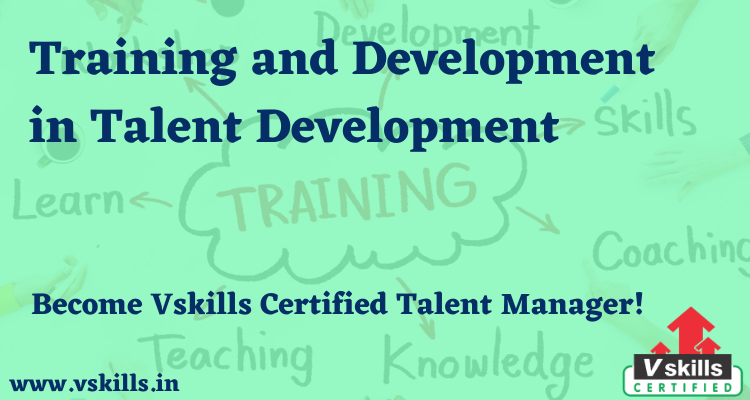Training and development is a function of human resource management concerned with organizational activity aimed at bettering the performance of individuals and groups in organizational settings. It has been known by several names, including “human resource development”, and “learning and development”.
History
The name of the discipline has been debated, with the Chartered Institute of Personnel and Development in 2000 arguing that “human resource development” is too evocative of the master-slave relationship between employer and employee for those who refer to their employees as “partners” or “associates” to feel comfortable with. Eventually, the CIPD settled upon “learning and development”, although that was itself not free from problems, “learning” being an over-general and ambiguous name, and most organizations referring to it as “training and development”.
Practice
Training and development encompass three main activities: training, education, and development.
- Training: This activity is both focused upon, and evaluated against, the job that an individual currently holds.
- Education: This activity focuses upon the jobs that an individual may potentially hold in the future, and is evaluated against those jobs.
- Development: This activity focuses upon the activities that the organization employing the individual, or that the individual is part of, may partake in the future, and is almost impossible to evaluate.
The “stakeholders” in training and development are categorized into several classes. The sponsors of training and development are senior managers. The clients of training and development are business planners. Line managers are responsible for coaching, resources, and performance. The participants are those who actually undergo the processes. The facilitators are Human Resource Management staff. And the providers are specialists in the field. Each of these groups has its own agenda and motivations, which sometimes conflict with the agendas and motivations of the others.
The conflicts that are the best part of career consequences are those that take place between employees and their bosses. The number one reason people leave their jobs is conflict with their bosses. And yet, as author, workplace relationship authority, and executive coach, Dr. John Hoover points out, “Tempting as it is, nobody ever enhanced his or her career by making the boss look stupid.” Training an employee to get along well with authority and with people who entertain diverse points of view is one of the best guarantees of long-term success. Talent, knowledge, and skill alone won’t compensate for a sour relationship with a superior, peer, or customer.



